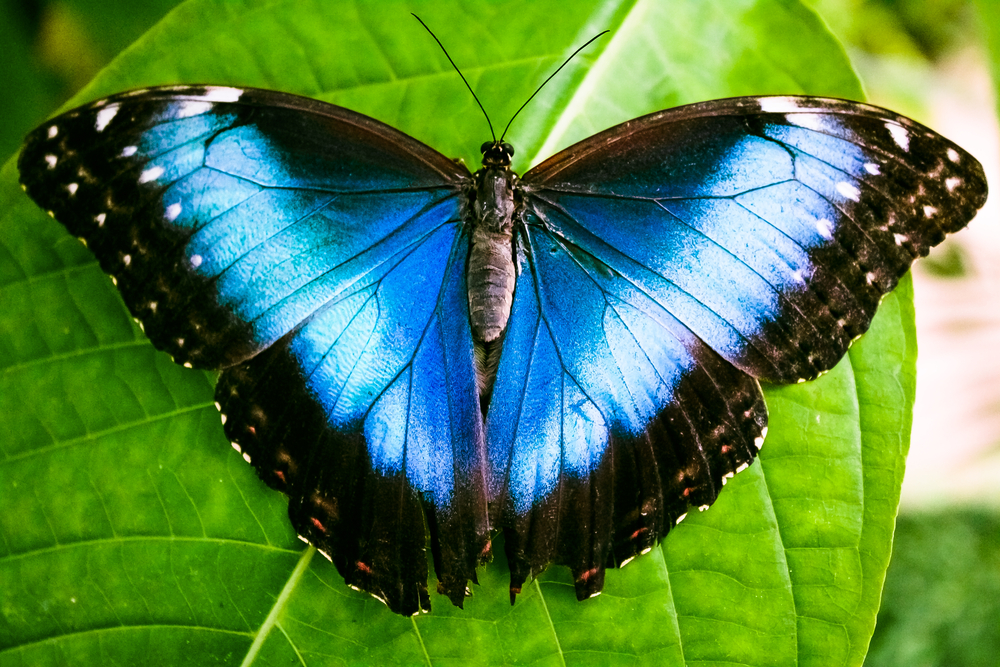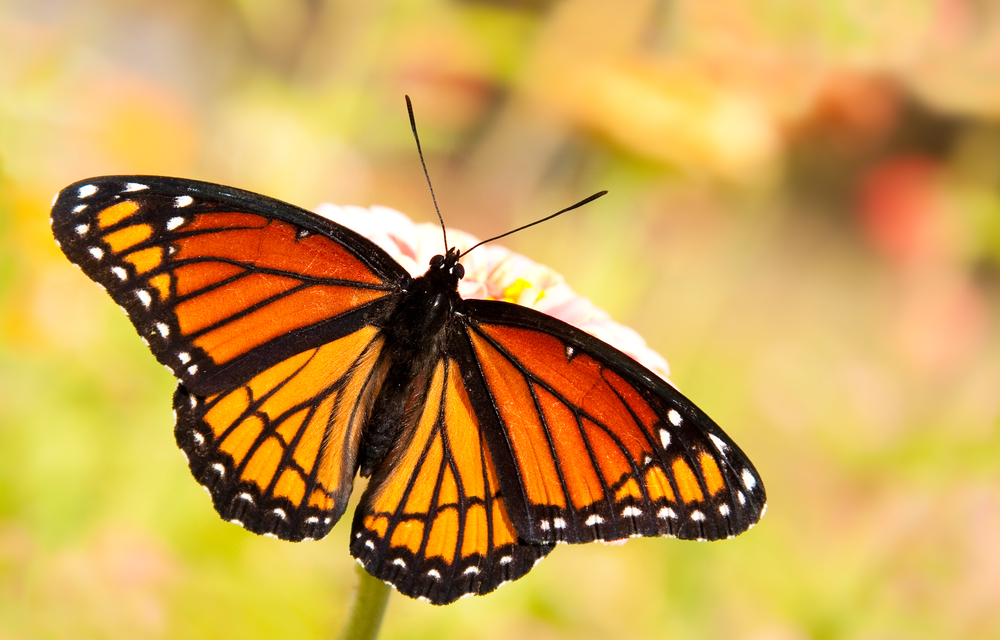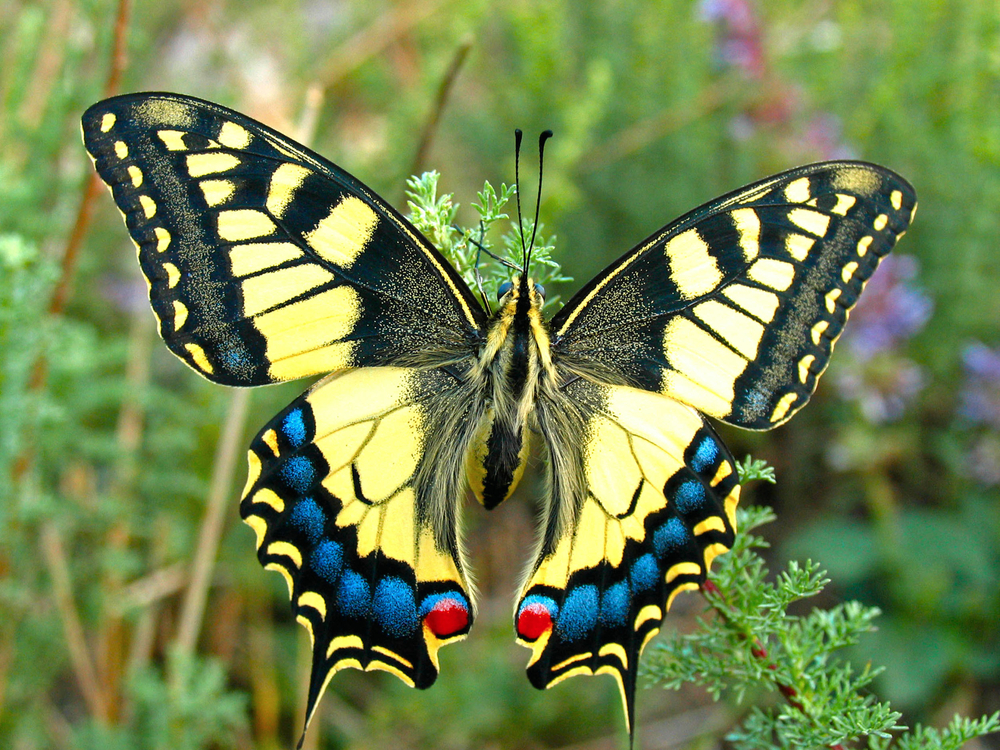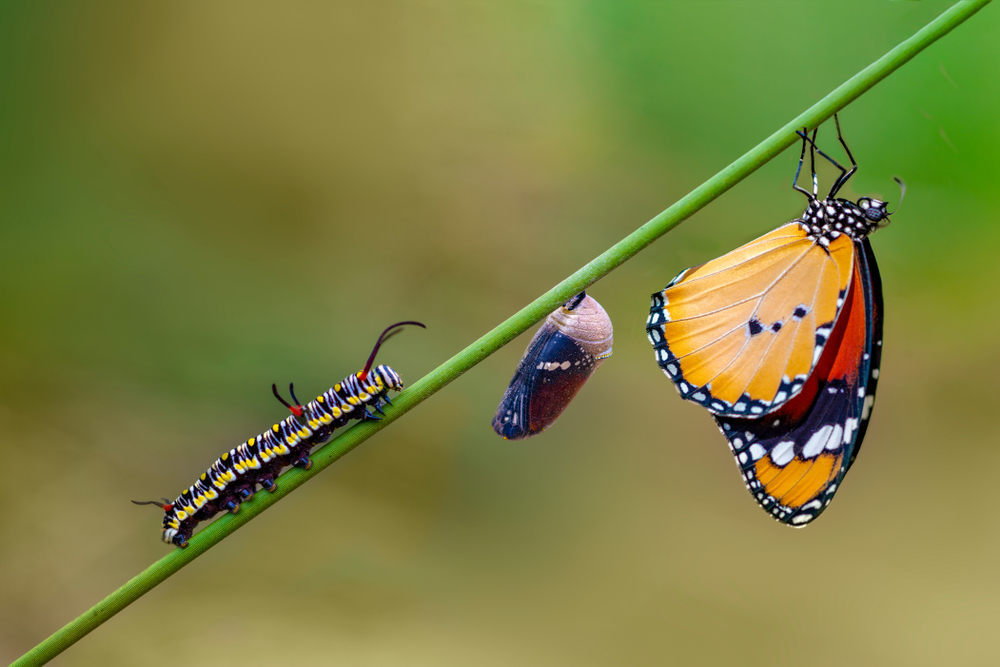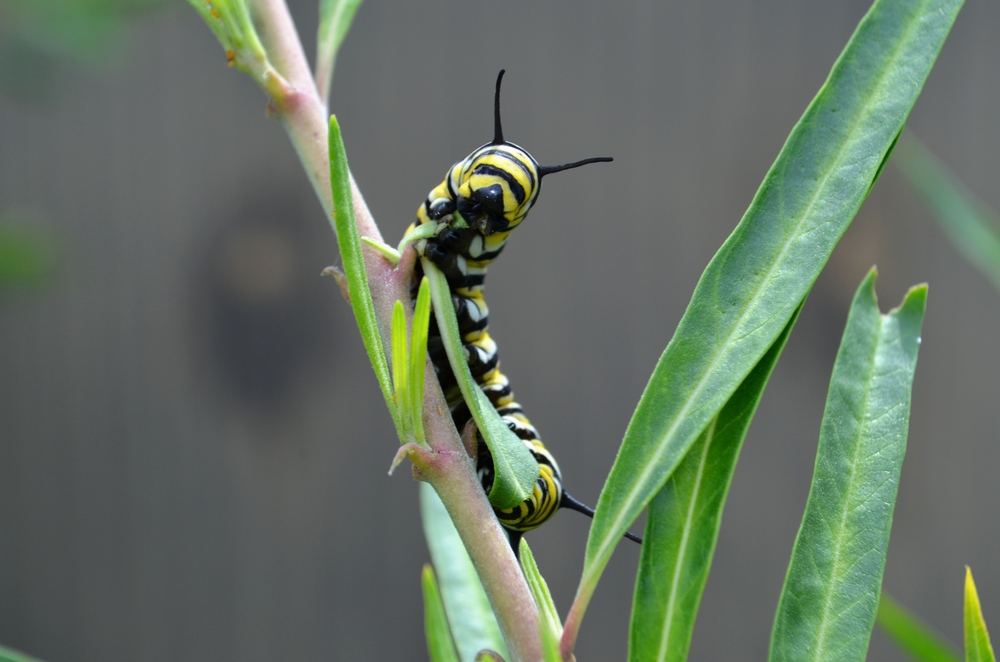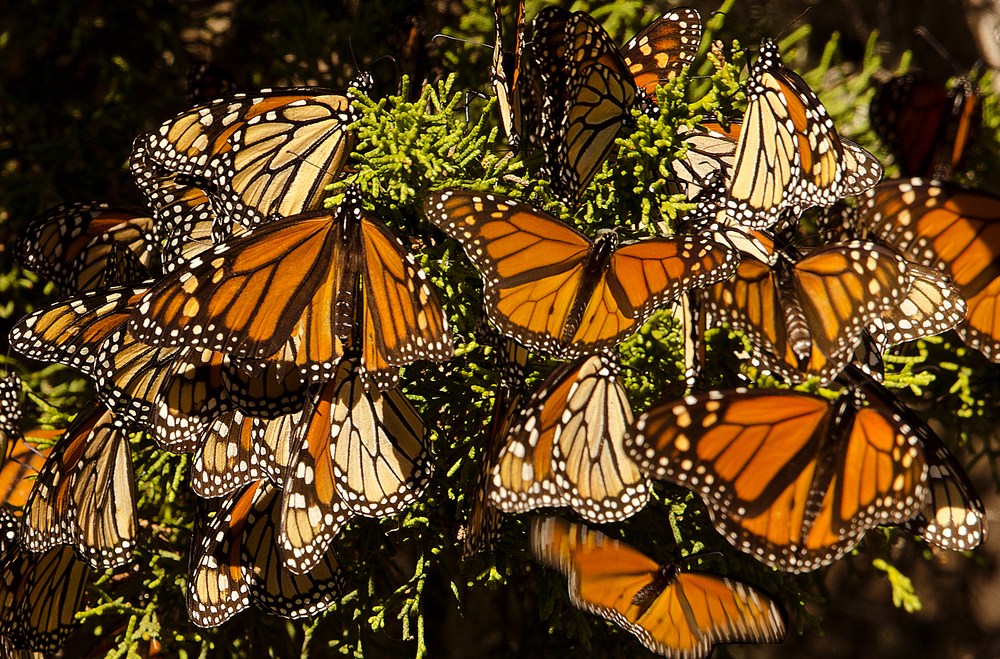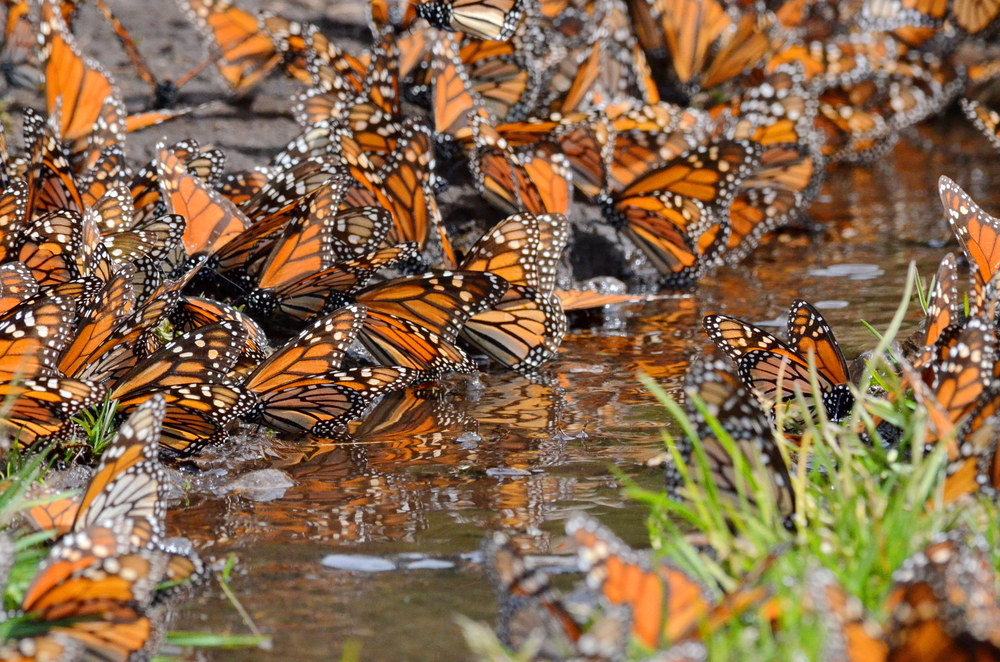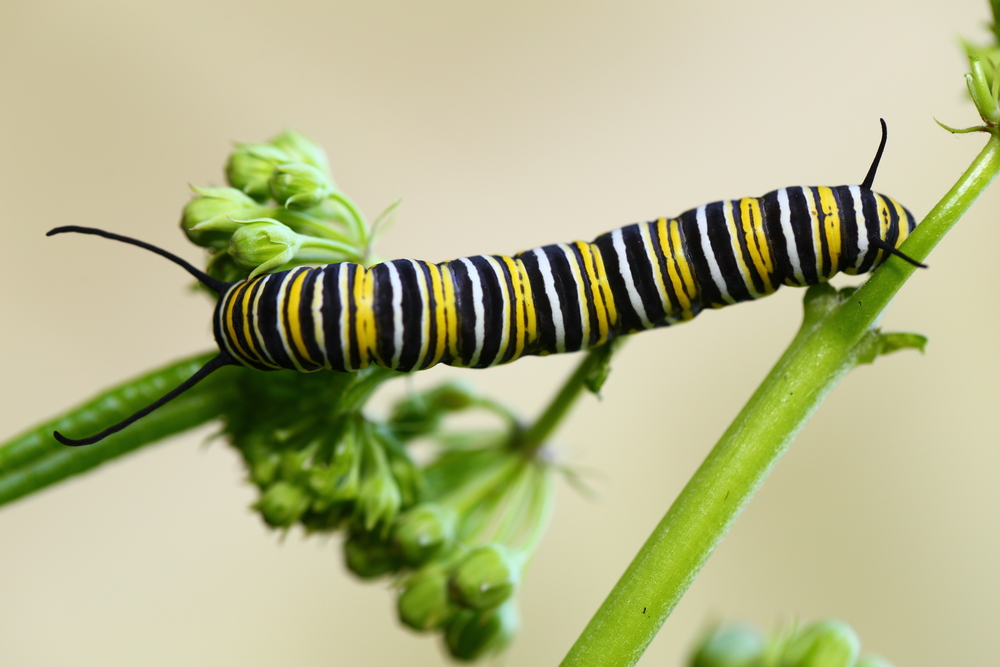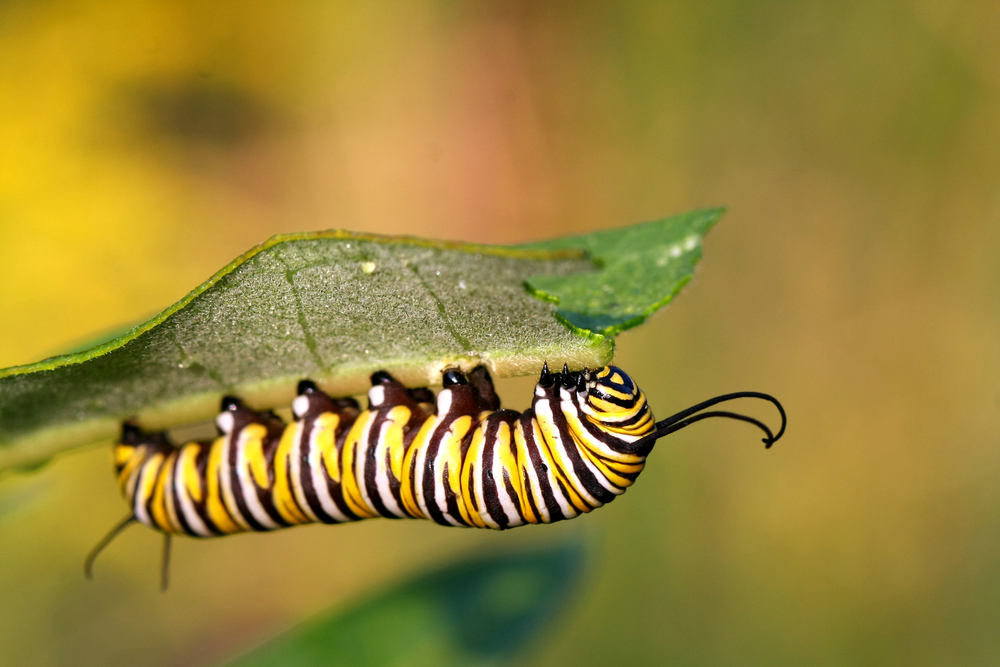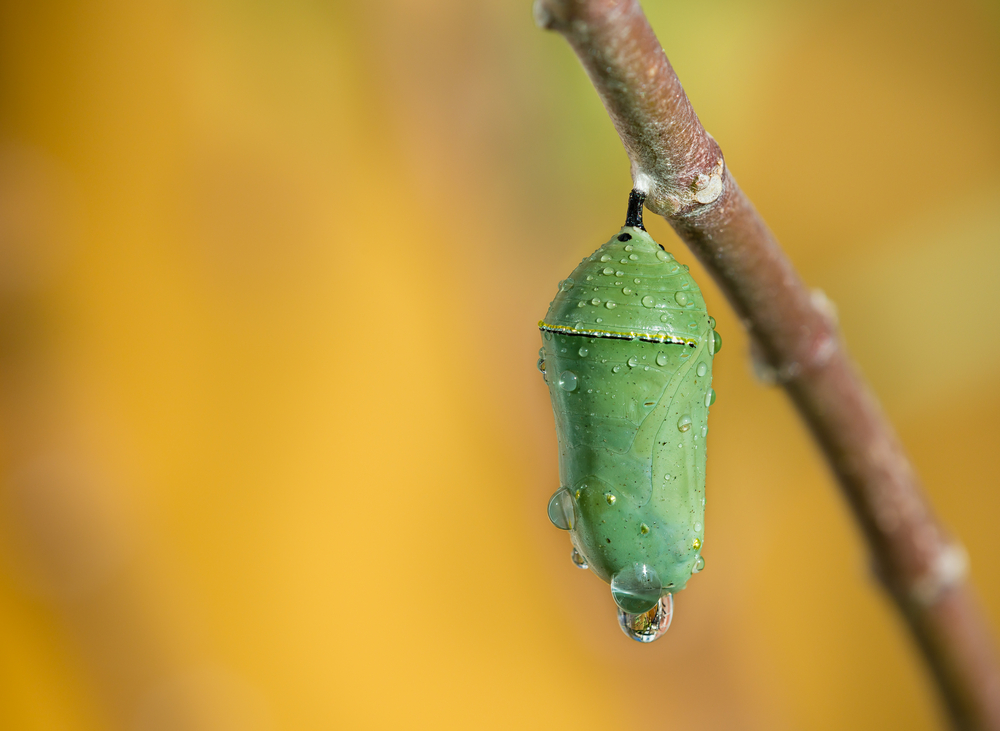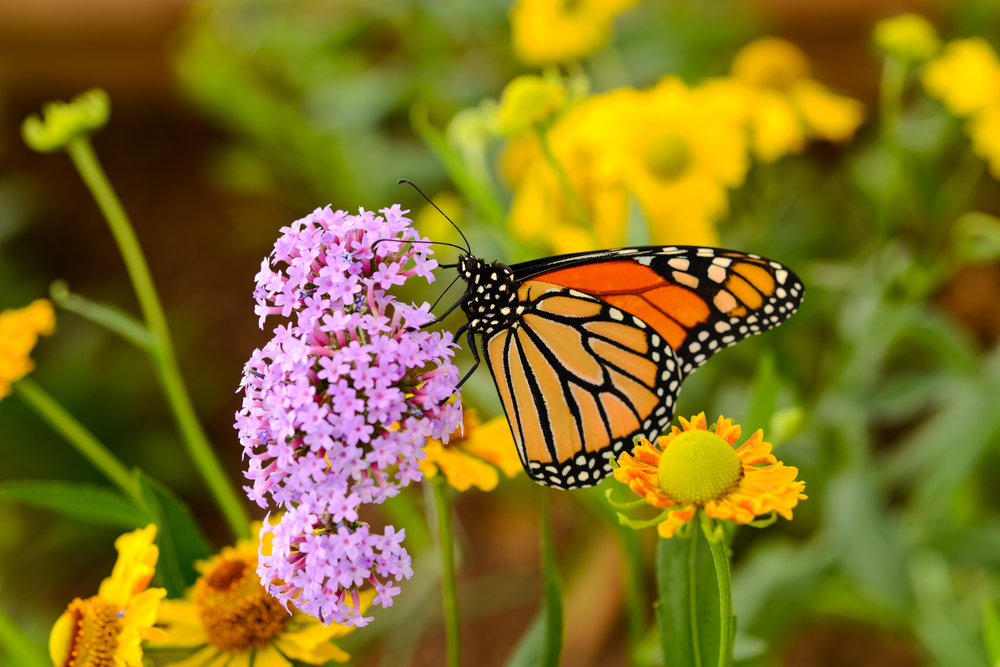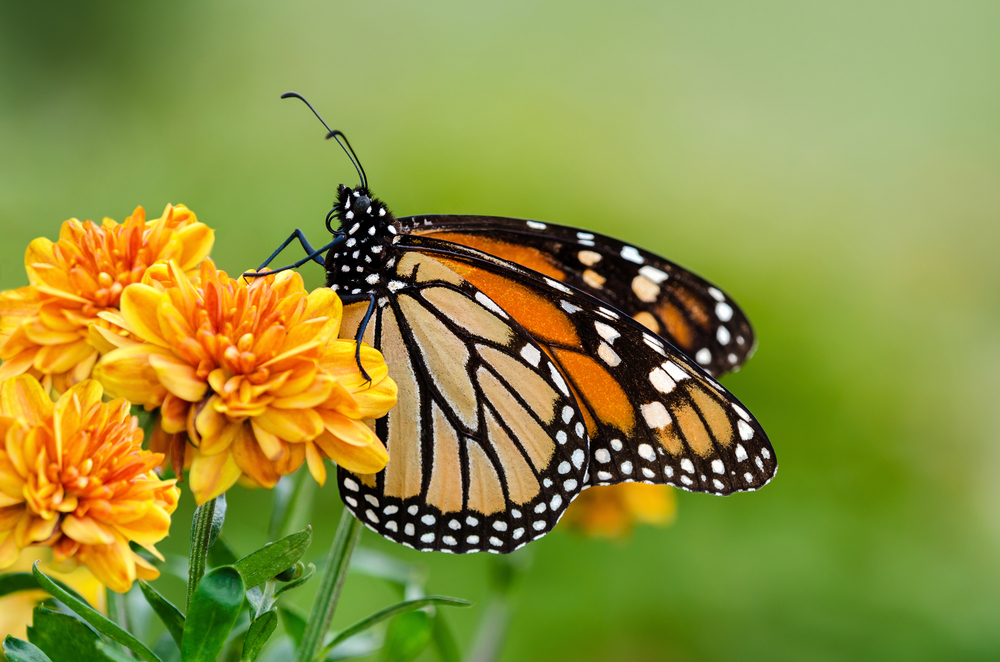About
#Insect
The Monarch Butterfly (Danaus plexippus) is a remarkable and iconic species belonging to the Animal Kingdom, specifically in the Class Insecta, Order Lepidoptera, and Family Nymphalidae. Within the Nymphalidae family, Monarchs fall into the subfamily Danainae, commonly referred to as the “Milkweed Butterflies.”
Monarch Butterflies are celebrated for their vibrant and distinctive appearance. Their wings are adorned with bright orange coloring, bold black veins, and intricate white spots, creating a striking contrast that makes them instantly recognizable. They are medium-sized butterflies with a wingspan ranging from 3.7 to 4.1 inches (9.4 to 10.4 centimeters).
One of the most remarkable aspects of Monarch Butterflies is their incredible annual migration. They are known for embarking on an astonishing journey spanning thousands of miles, from their breeding grounds in North America to their overwintering sites in central Mexico. This remarkable migration is a testament to their endurance and navigational abilities.
Monarchs are not only known for their captivating beauty and migration but also their role in pollination, contributing to the reproduction of various flowering plants. Their life cycle, which includes metamorphosis from egg to caterpillar to chrysalis and finally to adult butterfly, is a fascinating example of nature’s wonders.
The Monarch Butterfly holds a special place in the hearts of nature enthusiasts and conservationists, symbolizing the beauty of the natural world and the importance of preserving their habitats and migration routes.
Conservation Concerns:
Despite their remarkable migration, Monarch Butterfly populations have experienced significant declines in recent years due to habitat loss, pesticide use, and climate change. The loss of milkweed plants, which serve as essential larval food sources, has had a particularly detrimental impact on Monarch populations.
The International Union for Conservation of Nature (IUCN) does not assess the conservation status of insect species like the Monarch Butterfly. However, organizations such as the Xerces Society and Monarch Joint Venture are actively involved in conservation efforts to protect Monarch habitats, promote milkweed restoration, and raise awareness about the importance of preserving these iconic butterflies. Additionally, citizen science initiatives such as monarch tagging programs help track migration patterns and monitor population trends, aiding in conservation efforts aimed at ensuring the survival of the Monarch Butterfly for future generations.
Threatened:
Extinct
Critically Endangered
Endangered
Vulnerable
Near Threatened
Least Concern































































